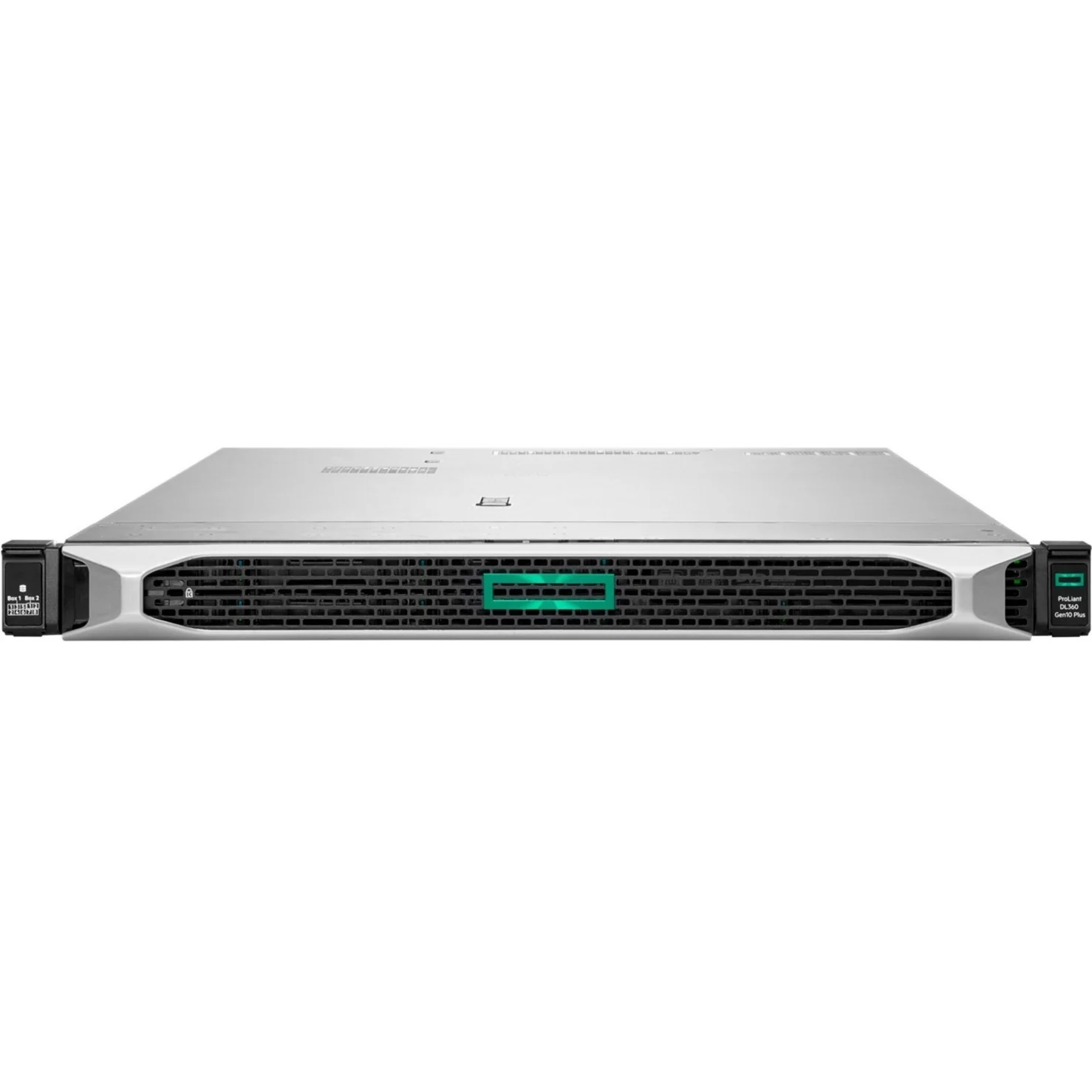ddr5 memory vs ddr4
DDR5 memory represents a significant leap forward from its predecessor, DDR4, offering substantial improvements in performance, efficiency, and capability. The new standard operates at higher base speeds, starting at 4800 MHz compared to DDR4's 2133 MHz, enabling faster data transfer rates and improved system responsiveness. DDR5's architecture introduces several technological advancements, including an improved channel architecture that effectively doubles the bandwidth per memory stick. Each memory module is divided into two independent channels, allowing for more efficient data processing and reduced latency. The power management has been moved onto the memory module itself, rather than being controlled by the motherboard as in DDR4, resulting in more efficient power delivery and reduced voltage requirements from 1.2V to 1.1V. DDR5 also features enhanced error correction capabilities with on-die ECC, providing better data integrity and system stability. These improvements make DDR5 particularly valuable for data-intensive applications, high-performance computing, and next-generation gaming systems, where memory speed and reliability are crucial factors.


